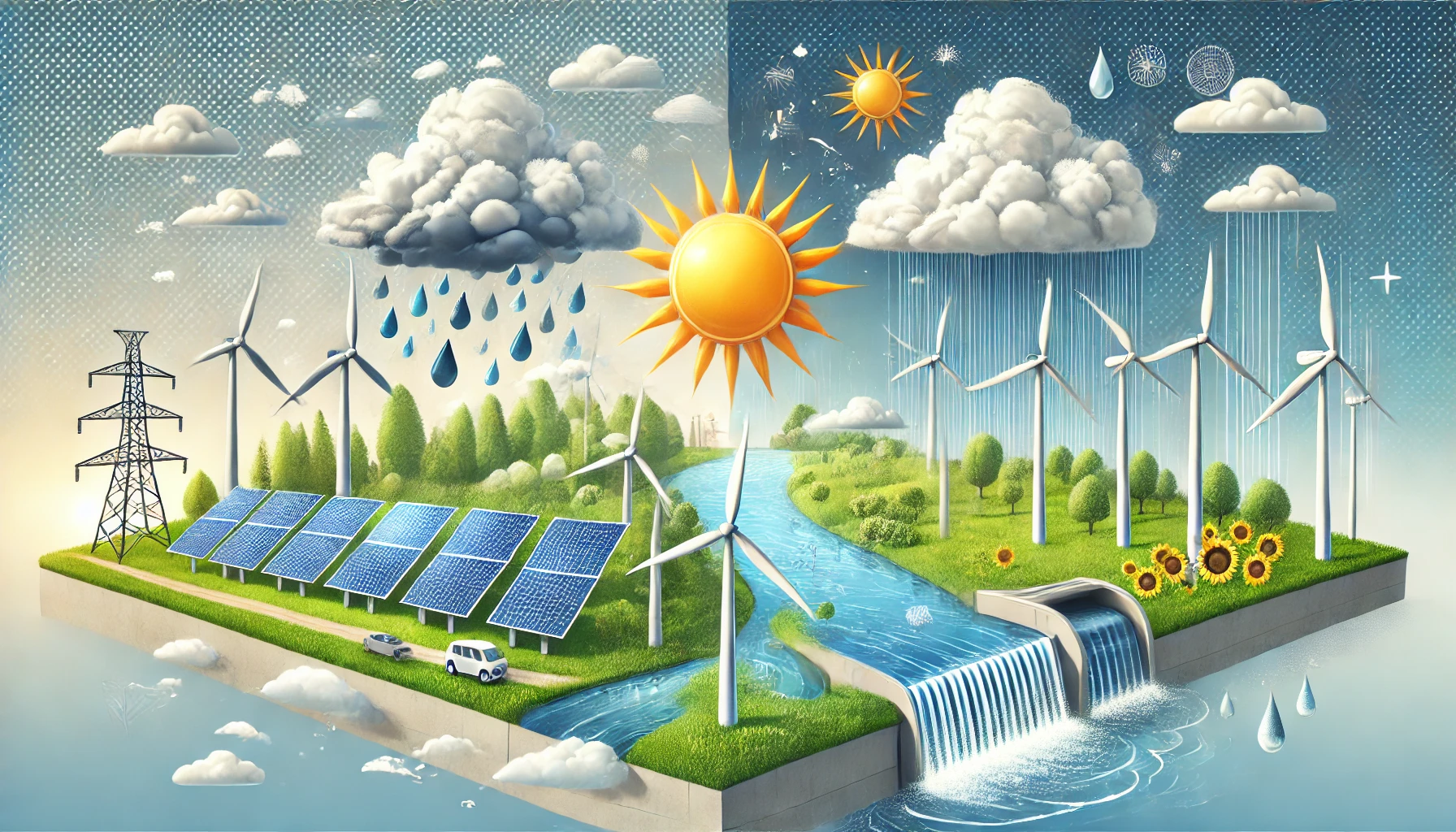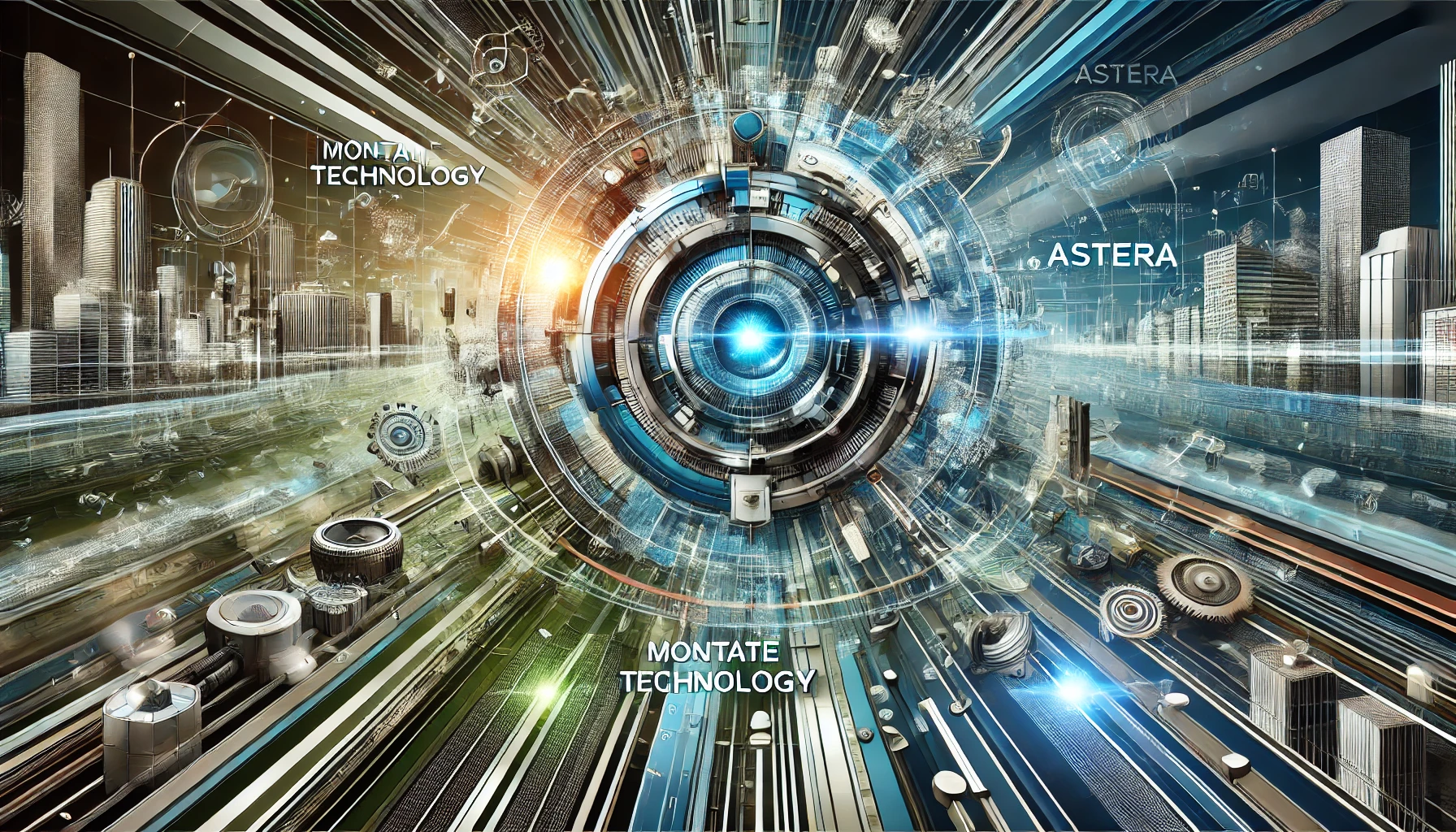Introduction to Renewable Energy Stability
Renewable energy has now turned into a vital strand in nations’ attempts to cut down fossil fuel use and tackle climate change. Among the numerous benefits of successful implementation of renewable-energy sources, one of the most discussed issues is whether renewable energies are unaffected by weather conditions. This question is usually raised because traditional sources of energy could sometimes be hampered by events in nature hence the public is in most cases concerned on the reliability of unconventional energy sources such as solar, wind and hydropower sources.
The fact of the matter is that renewable energy sources are not only renewable but are fairly immune to different weather predicaments when deployed in conjunction with hi-tech and energy storage systems. Knowledge on how reneWables operate and change with weather conditions enhances appreciation of their stability and reliability in the world’s energy mix.
Understanding Weather Independence in Renewable Energy
In the first instance it may appear that renewable electric power sources are highly dependent on the climate. To generate electricity, solar panels need light, wind mills need wind, and the hydro turbines need water flow. Nevertheless, changes in weather conditions over time have not been detrimental to systems of renewable energy since there is a drastic improvement in technology and the variety of energy grid systems. Energy storage systems including battery and smart grids, are very essential in the provision of power ensuring that the weather changes do not impact its supply.
Also, the availability of multiple types of renewable resources suggests that the power generated can be split across different systems. For example, the situation when one certain area becomes cloudy; the weather that can be effectively balanced with the help of wind or hydropower. The energy supply in renewable systems is therefore maintained to be stable by these collaborative functionalities.
Solar Energy: Overcoming Cloudy and Rainy Days
When it comes to solar energy it is always associated with weather conditions but the advancements in technology have made these issues less of an issue. This type of energy harnessing system can still produce power even when the weather is overcast, although not nearly as effectively. Modern photovoltaic cells are designed to convert not only direct sunlight but also the dispersed or even diffused light in a particular area at a given time.
/Furthermore, portable sun power systems enable energy produced during bright and sunny times to be stored and used during other periods. This stored energy is helpful especially during the night or any other day that is surrounded by clouds because the power supply is reasonably assured. Such innovations make solar energy a reliable renewable resource even independently of daily changes on the weather.
Wind Energy: Reliable Even Without Constant Wind
Wind energy is another type of renewable energy the reliability of which is being doubted due to the change in weather patterns. Windmills power depends on the wind speed and the distribution of wind mills all over the world makes sure that energy is constantly produced. Offshore regions with high potential wind speed can make up for zones with low wind speed, and provide a balanced energy generation on the network.
Also, there is enhancement in the further features in the turbine, which enhances efficiency in its performance. While older facilities require specific wind speed and are sensitive to unfavorable weather conditions, new turbines are able to work at a comparatively low wind velocity and resist storms or high temperatures. This flexibility proves diverseness in meteorological conditions as a strength of wind energy.
Hydropower: Weather-Resilient Energy Generation
Hydropower as a type of renewable energy generated from flowing or stored water is one of the most reliable kinds of power. Hydropower is entirely different from the days, solar and wind energy because it is not affected by daily weather patterns. By doing so, reservoirs and dams guarantee a constant supply of water thus continuous production of electricity.
In the context of hydrological dry periods or low flows, various hydro-power schemes are engineered to operate water storage optimally while sustaining energy generation. Further, the hydropower plant also includes a pumped storage system, which can be used to store large amounts of energy. These qualities make hydropower a stable and weather bearing renewable energy form.
The Role of Energy Storage and Smart Grids
Smart grid and energy storage systems are important for making renewable energy sources, independent from weather conditions. Lithium-ion batteries as an example make it possible to store energy generated at peak production times for use during other periods. This stored energy can be used during periods of low generation to supply electricity to users of power more evenly.
Smart grid system adds to this procedure by delivering energy to various areas depending on the requirement and supply in a wise measure. They can identify deficits in one area or region, and promptly purchase energy from another region, thereby creating balance in the energy sector. In combination, these technologies help overcome the energy source and load connection, thus providing high reliability of renewable energy.
Conclusion: A Reliable Future with Renewable Energy
Renewable energy solutions in association with sophisticated tools and interconnected power systems do not realize the variable ill- effects of weather conditions. As solar, wind and hydropower type of electricity generates power in a varying pattern hence they remain on standby to provide energy the moment the next storm arrives. Moreover, advancements in aspects of storage and grid integration have provided increased certainty to renewable energy systems
I believe that a global shift towards sustainable energy sources is the right step as compared to the other models of energy due to the reliability and non intermittent nature of renewable energy sources. Again embracing renewable energy can help to mitigate GreenHouse effects as well as nourishing energy security for the next generations.
FAQs About Renewable Energy and Weather Conditions
1. Are renewable energy sources completely unaffected by weather?
As a fact, the presence of renewable energy sources like the solar and wind might rely mostly on weather but for many years now, through technology and energy storage, there has not been a very big problem.
2. Can solar panels work on cloudy days?
Yes it is possible to produce on a cloudy day albeit at a lower output power. Contemporary photovoltaic cells are configured to collect diffuse sunlight to guarantee power generation.
3. What happens to wind turbines during calm weather?
calm weather means low wind power generation; however, today’s wind turbines have a global map with electricity storage systems that compensate for power shortages from other areas.
4. How does hydropower maintain reliability during droughts?
Hydropower utilizes water storage to schedule the supplies and keep up the power during low rainfall situations.
5. What role do energy storage systems play in renewable energy?
Energy storage systems embrace the capability of storing renewable energy produced at maximum capacity. Consequently, this stored energy is applied at several instances with low production levels in delivering power across the opportunities of the grid



